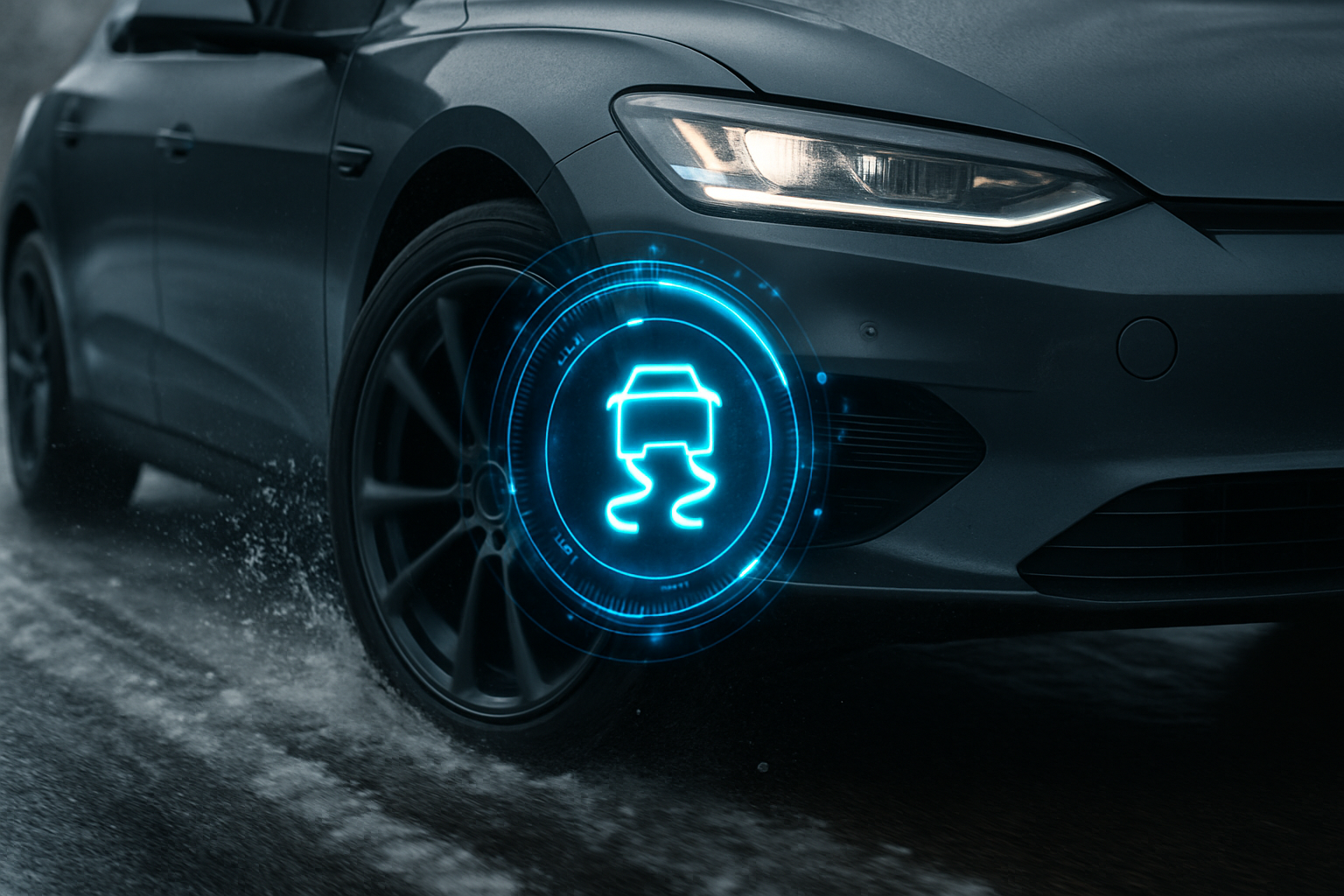Shifting Gears: Adapting to the Transformation in the Automotive Industry
The automotive industry has been a key pillar of the global economy for over a century. Historically, it has been driven by internal combustion engines, mechanical systems, and a linear business model. However, recent technological advancements and changing consumer preferences are creating a seismic shift in this sector.

A Brief History of the Automotive Industry
The automobile industry’s journey started with the invention of the internal combustion engine in the 1800s. The industry grew exponentially after Ford introduced the Model T and the concept of mass production. This growth continued throughout the 20th century, with automobiles becoming a symbol of personal freedom and economic prosperity. However, the industry has faced numerous challenges, including economic recessions, oil crises, and increasing environmental concerns.
The Onset of New Trends
New trends are now reshaping the auto industry. Technological advancements, such as electric vehicles (EVs), autonomous driving, and connected cars, are driving this transformation. Simultaneously, changing consumer preferences towards shared mobility and sustainable practices are challenging the traditional business model of selling personal cars.
The Impact of Electric Vehicles
The emergence of EVs has disrupted the industry’s reliance on internal combustion engines. EVs offer numerous advantages, such as lower operating costs and zero tailpipe emissions, making them an attractive alternative. However, challenges such as high upfront costs, range anxiety, and charging infrastructure need to be addressed for widespread adoption.
The Rise of Autonomous and Connected Cars
Autonomous driving technology aims to make driving safer and more efficient. It is expected to change the dynamics of car usage, with the possibility of cars becoming a service rather than a product. Similarly, connected cars, equipped with internet and cloud-based services, offer enhanced safety features and personalized experiences, increasing customer value.
The Shift Towards Shared Mobility
With the rise of ride-hailing and car-sharing services, ownership is no longer the only way to access personal mobility. This shift towards shared mobility is driven by urbanization, cost-consciousness, and environmental concerns. It is expected to change the industry’s focus from selling cars to providing mobility solutions.
Practical Insights for Adapting to the Shift
For businesses navigating this shift, the following strategies could be useful:
-
Embrace technological advancements: Invest in R&D and collaborations to develop EVs, autonomous driving, and connected car technologies.
-
Adapt to changing consumer preferences: Focus on providing mobility solutions rather than just selling cars. Consider sustainability as a key factor in business decisions.
-
Build partnerships: Collaborate with tech firms, startups, and government agencies to develop new technologies and business models.
The automotive industry is undergoing a transformation, driven by technological advancements and changing consumer preferences. Businesses must adapt to these changes to remain competitive. They need to embrace new technologies, cater to evolving consumer preferences, and build strategic partnerships. This shift offers an opportunity for businesses to redefine their value proposition and contribute to a sustainable future.




